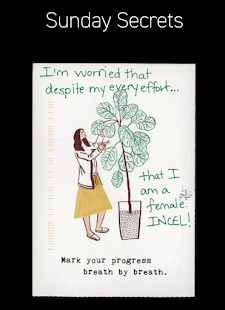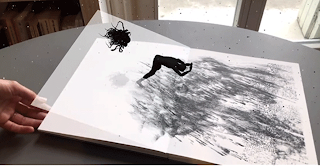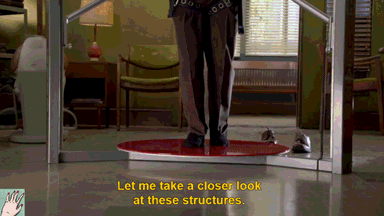Sharing Digital Texts
This semester, I found myself to be very inspired by the google my maps projects that we created and looked at. Particularly, I really enjoyed looking at the La Flood Project (2011) created by Mark Martino. To create the project, USC students created many fictional stories of flood catastrophes, allowing for a collective narrative to be developed of a fictional Los Angeles disaster. In particular, I love how multidimensional this project is.The flood itself is illuminated by the two mediums that are incorporated. The stories on the map coexist with a twitter simulation. Ideas for my final project have largely been inspired by this project. For my final project, I want to create a google my maps project. While I’m still figuring out precisely what I want my project to be, I’m thinking that I’m going to map out various animal species in a specific geographic location. I’m considering either including information about types of bugs or endangered species. In my project, I wo...





